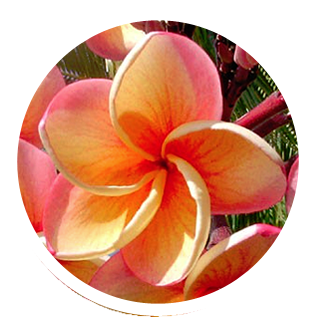The island of Molokai has perhaps remained most true to its island roots. Most famous for its remote settlement of Kalaupapa, it features a mule ride descending 1,700 feet that will take your breath away. Molokai is said to be the birthplace of hula. Aloha is in the air.
The tourism industry on Molokaʻi is relatively small, compared to the other islands in Hawaiʻi. Only 64,767 tourists visited Molokaʻi in 2015. For decades, residents of Molokaʻi have resisted private developers’ attempts to increase tourism because of the irreparable changes to community and culture that are associated with a tourism industry. Accommodations are limited; as of 2014, only one hotel was open on the island. Most tourists find lodgings at rental condos and houses.
National Geographic Traveler magazine and the National Geographic Center for Sustainable Destinations conduct annual Destination Scorecard surveys, aided by George Washington University. In 2007, a panel of 522 experts in sustainable tourism and destination stewardship reviewed 111 selected human-inhabited islands and archipelagos around the world. Molokaʻi ranked 10th among the 111 destination locales. The survey cited Molokaʻi’s undeveloped tropical landscape, environmental stewardship, and rich, deep Hawaiian traditions (the island’s mana). The neighbor islands of Hawaiʻi, Kauaʻi, Maui and Oʻahu, ranked 50, 61, 81 and 104, respectively.
Molokaʻi is believed to be the birthplace of the hula. The annual Molokaʻi Ka Hula Piko festival is held on this island.
Molokaʻi can be reached by plane. Planes fly into Molokaʻi daily from other Hawaiian islands including Oʻahu (Honolulu and Kalaeloa), Maui (Kahului) and Hawaiʻi (Kona) on Mokulele Airlines, Paragon Air and Hawaiian Airlines.
A ferry that formerly sailed between Molokaʻi and Lāhainā Harbor, Maui closed operations on October 27, 2016. Sea Link President and Senior Capt. Dave Jung attributed the closure to competition from federally subsidized commuter air travel and declining ridership.
 VACATION HAWAIIAN ISLANDS
VACATION HAWAIIAN ISLANDS